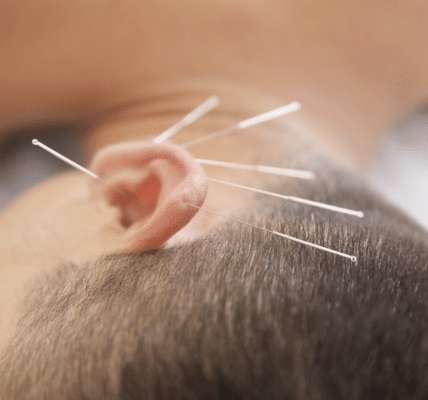MORE Is Better When It Comes to Addiction Treatment

MORE is the clever name acronym for Mindfulness Oriented Recovery Enhancement, a training program in mindfulness incorporated into opioid use disorder treatment. A phase two clinical trial recently returned positive results.
The study was led by Nina Cooperman at Rutgers University’s Robert Wood Johnson Medical School. In the randomized trial, half of 154 persons in treatment for opioid use disorder (OUD) in New Jersey were selected for weekly, two-hour sessions of MORE for eight consecutive weeks. Outcomes were then recorded for an additional eight weeks after the conclusion of MORE.
All the participants were receiving “standard treatment” for OUD including the medications methadone or buprenorphine plus counseling or therapy. All participants claimed to continue experiencing chronic pain. Pain is a major reason for opioid relapse and reduction in pain should help reduce relapse rates. A news release from Rutgers University explained the pain issue this way:
The success of mindfulness training in Cooperman’s study may stem from its ability to help patients manage pain. Most patients began the study with significant chronic pain — and, thus, a strong incentive to use pain-killing opioids — but patients who received MORE reported a 10 percent reduction in pain over the 16 weeks of the study.
Relapses were 42% lower two months after completing the program in the group receiving MORE. Treatment dropout rates were 59% lower for those receiving MORE. According to the team of researchers conducting the study, MORE resulted in “significant effects on drug use, pain, depression, treatment retention, and adherence.”
MORE is an interesting collection of therapies that includes mindfulness, cognitive reappraisal, and savoring skills. Unlike cognitive behavioral therapy (CBT), which helps those in recovery distract themselves from cravings, MORE teaches them to observe the craving, stay with it but not act on it, and observe that it goes away.
The training is designed to help people stay present in the moment, even with cravings and urges, just by breathing and watching how the craving changes over time, observing everything and not avoiding any thoughts.
Dr. Cooperman’s study builds on the pioneering work of Eric Garland at the Center on Mindfulness and Integrative Health Intervention Development at the University of Utah. In 2017, Dr. Garland’s team reported the first randomized trial of MORE in a study involving 115 chronic pain patients.
In the study, “a dot-probe task assessed opioid attentional bias for opioid-related cues.” Attentional bias measures how quickly a chronic pain patient is “triggered” by the sight of a prescription bottle or a prescription or other visual cues because “prescription opioid attentional bias significantly predicts future opioid misuse.” The results showed that:
MORE was associated with significantly greater reductions in 200 ms opioid attentional bias than the support group.
Dr. Garland says MORE’s success is due to the fact that it’s “an intervention designed by social workers to be implemented by social workers.” Dr. Garland’s work has led to a series of recommended assessments to identify people who might benefit most from MORE therapy, as well as training materials for therapists on conducting MORE group therapy sessions and telesessions.
Written by Steve O’Keefe. First published May 28, 2024.
Sources:
“Mindfulness training enhances opioid addiction treatment,” Rutgers University news release dated May 6, 2024.
“Telehealth Mindfulness-Oriented Recovery Enhancement vs Usual Care in Individuals With Opioid Use Disorder and Pain: A Randomized Clinical Trial,” JAMA Psychiatry, December 7, 2023.
“Mindfulness-Oriented Recovery Enhancement Reduces Opioid Attentional Bias Among Prescription Opioid-Treated Chronic Pain Patients,” Journal of the Society for Social Work and Research, Winter 2017.
Image Copyright: vectorfusionart.




